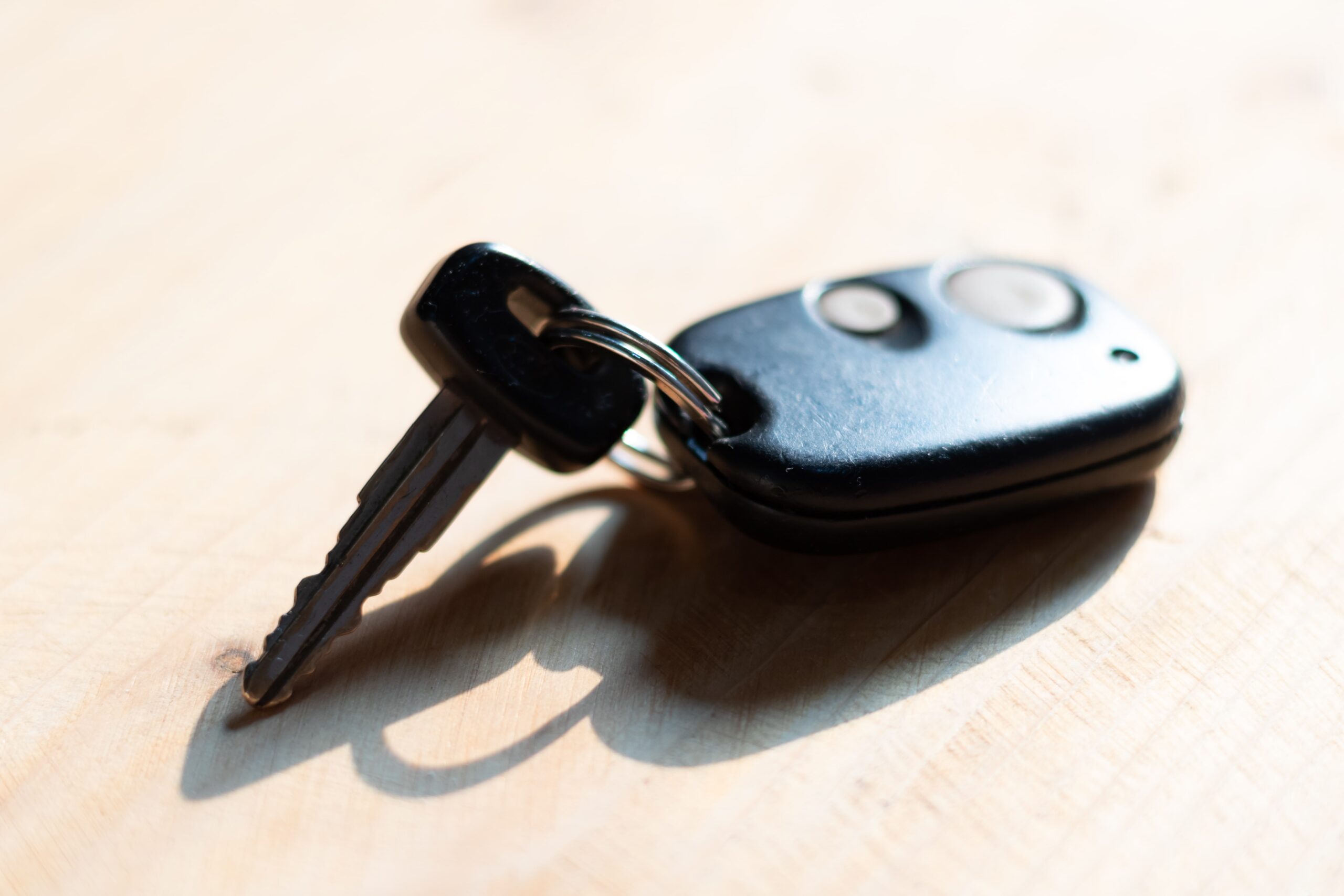Ignition Lock Cylinder Repair: A Comprehensive Guide
The ignition lock cylinder is a vital component of an automobile's ignition system. It is the part that accepts the key and allows the engine to begin. Gradually, wear and tear can result in breakdown, resulting in inconvenience for the driver. Comprehending the signs of a failing ignition lock cylinder, the repair procedure, and fixing methods can conserve car owners from potential breakdowns and pricey repair expenses.
Indications of a Faulty Ignition Lock Cylinder
Recognizing the indications of a malfunctioning ignition lock cylinder early can help prevent even more complications. Below are common signs that suggest the need for ignition lock cylinder repair:
- Key Won't Turn: If the key gets stuck or will not kip down the ignition, it's a main indicator of a malfunctioning cylinder.
- Engine Won't Start: A used ignition lock cylinder can avoid power from reaching the starter motor, making it impossible to start the car.
- Difficulty Removing the Key: If the key is challenging to get rid of or feels stuck after turning the ignition, it may suggest wear within the lock cylinder.
- Key Doesn't Go In Smoothly: Resistance when inserting the key can be an indication of dirt or damage inside the lock cylinder.
- Irregular Ignition Response: If the ignition tends to cut in and out or if it begins intermittently, the lock cylinder may be failing.
Understanding the Ignition Lock Cylinder
What is an Ignition Lock Cylinder?
The ignition lock cylinder is a metal cylinder located in the steering column and is vital for lorry operation. It houses the pin tumblers and the system that accepts the key. When the key is turned, it triggers the ignition switch, allowing electrical current to flow to the starter and other systems.
Why Repair Instead of Replace?
While replacing an ignition lock cylinder is sometimes necessary, repair can often be a more cost-effective option. Fixing the existing cylinder can restore functionality without sustaining the full cost of a new part. Additionally, repair enables for the re-use of existing parts, which can be useful if the key code should be kept.
The Ignition Lock Cylinder Repair Process
Repairing an ignition lock cylinder includes carefully dismantling the ignition system and identifying the origin of the issue. Here's a comprehensive breakdown of the repair procedure:
Tools and Materials Needed
| Tools | Products |
|---|---|
| Screwdriver set | Lubricating oil |
| Pliers | Replacement springs |
| Digital multimeter | Cleaning up brush |
| Socket wrench | New key/lock cylinder if necessary |
Step-by-Step Repair Guide
- Preparation: Disconnect the battery to avoid electrical shocks.
- Take Apart the Steering Column: Use the screwdriver to remove screws and thoroughly remove the steering column covers.
- Remove the Old Ignition Lock Cylinder: Locate the ignition lock cylinder release pin and carefully eliminate it to pull out the old cylinder.
- Inspect for Damage: Check for damaged elements, endure the cylinder, or blockage from debris.
- Tidy Components: Use a clean brush to remove dirt and particles from the ignition real estate. Apply a lube to the new cylinder if required.
- Replace or Repair: If springs or tumblers are damaged, replace them. If the cylinder can be restored, reassemble it thoroughly after cleansing.
- Reassemble the Ignition System: Reinstall the ignition lock cylinder and cover the guiding column safely.
- Reconnect the Battery: Once everything is back in location, reconnect the battery and test the ignition with the key.
Typical Pitfalls During Repair
When carrying out ignition lock cylinder repair, it's vital to prevent common mistakes that may trigger further issues:
- Forgetting to Disconnect the Battery: This is a safety hazard that can cause electrical shorts.
- Improper Reassembly: Ensure that all parts are lined up properly to prevent future malfunctions.
- Using Incorrect Tools: Using the right tools is critical for avoiding damage to the ignition system.
Regularly Asked Questions (FAQs)
1. How much does it generally cost to repair an ignition lock cylinder?
Costs can vary based on the car and the degree of the repair. On average, repairs may range from ₤ 100 to ₤ 300.
2. Is it safe to drive with a malfunctioning ignition lock cylinder?
No. website can result in unanticipated engine shutdowns or trouble beginning the automobile, making it hazardous to drive.
3. Can I repair the ignition lock cylinder myself?
Yes, if you're experienced about automobile repair and have the needed tools. Nevertheless, if you are unsure, it's finest to consult an expert mechanic.
4. How do I understand if I need to replace the cylinder rather of fixing?
If the cylinder is severely used or damaged beyond repair, or if parts are missing, replacement might be essential. A professional assessment can help identify the very best action.
5. The length of time does the repair process take?
The time can vary depending on experience, but many repairs can be completed within 1-2 hours.
Fixing the ignition lock cylinder is an important maintenance procedure that enhances vehicle reliability and security. By understanding the indications of breakdown, the repair procedure, and common pitfalls, car owners can deal with problems before they lead to more considerable problems. Whether undertaking repairs personally or speaking with a professional, awareness and preparedness can protect versus the troubles of ignition system failures.

